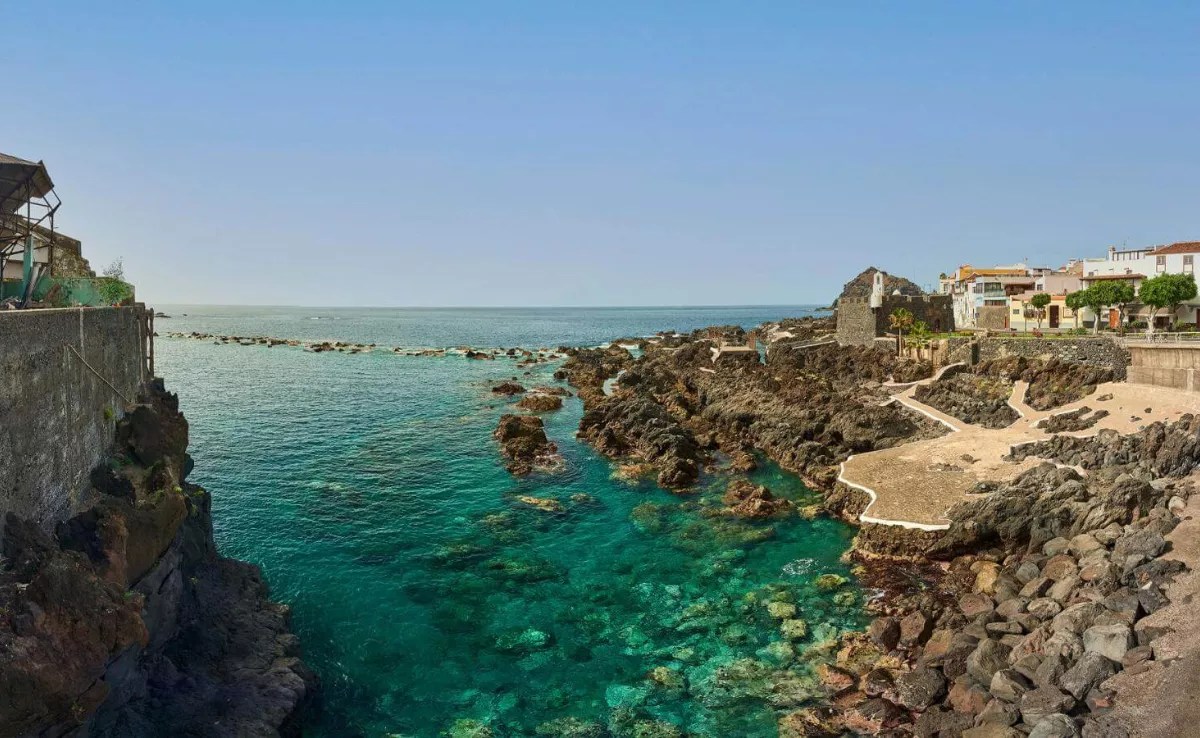Santa Cruz de Tenerife 26 Feb. (Europa Press) –
The Tenerife Fire Prevention and Extinction Consortium, an entity affiliated with the Cabildo de Tenerife, enhances its operations with a fleet of four drones designed to support outdoor search and rescue missions, as well as assess risk scenarios in confined spaces.
The Minister of Natural Environment, Sustainability, Security, and Emergencies, Blanca Pérez, along with the Insular Director of Security and Emergencies, Iván Martín, attended the unveiling of these new units alongside the manager of the Firefighters Consortium, Joaquín Delgado, and Chief Officer, Florencio López.
Blanca Pérez stated that “the aim is to enhance safety and efficiency in rescue operations and emergency assessments across Tenerife.”
These state-of-the-art drones, she noted, “facilitate precise, real-time evaluations of potential hazards, such as fires, chemical spills, or contaminated areas, both indoors and outdoors, thereby bolstering the safety measures in Tenerife.”
Iván Martín elaborated that the Tenerife Fire Consortium operates five drones, which “are vital for the early detection of incidents and planning preventive actions, ensuring the safety of both responders and affected individuals.”
He also highlighted that the investment includes training for new pilots, optimising response capabilities and strengthening prevention efforts across the island.
The new equipment consists of two advanced models featuring high-quality cameras and thermal imaging, designed for outdoor search and rescue operations, including in areas that are difficult to access.
Moreover, these drones possess significant autonomy, capable of flying up to 4,000 metres high.
The remaining two drones are smaller and specifically engineered for indoor operations, aiding in the search for trapped individuals and assessing risk situations within confined spaces.
A notable feature of the drones is their communication ability, as different teams can transmit messages in real-time or issue alerts regarding imminent threats.
This capability not only enhances coordination but also empowers firefighters to make informed decisions during interventions.
An “Essential” Tool
The capacity of these drones to operate both day and night, thanks to their thermal imaging and high-quality cameras, has made them an “essential” tool in search and rescue operations, according to a representative of the council.
Additionally, their application in assessing incidents such as fires, chemical emergencies, and contaminated areas will enable firefighters to carry out interventions more swiftly and accurately, thereby reducing risks.
Currently, the consortium has ten drone pilots operating from the Santa Cruz de Tenerife Fire Park.
Throughout 2025, training refreshers and the certification of ten additional firefighters are planned, aimed at extending the service to the San Miguel (South Zone) and La Orotava (North Zone) parks, ensuring that all shifts are staffed with trained personnel capable of operating the drones during any emergency.
Specifically, the new units include two Class C2 DJI Mavic 3 models, weighing 1 kilogram each, equipped with wide-angle cameras and thermal imaging, an autonomy of 45 minutes, an altitude capability of up to 4,000 metres, an exterior speaker, and video transmission, along with two Class C0 DJI Neopack models designed for indoor search and assessment, operated using FPV (first-person view) goggles.
















